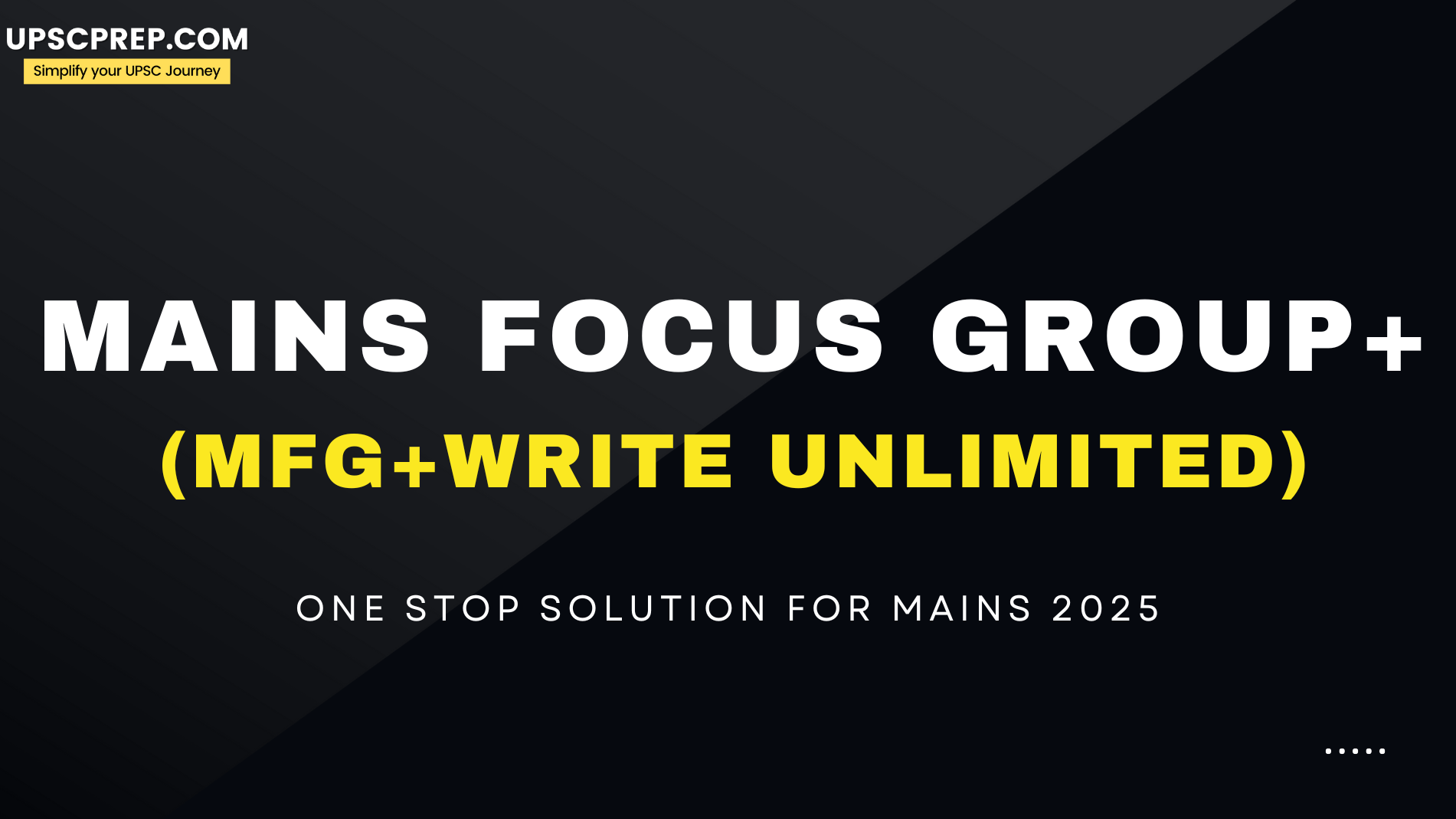Subject: GS 4
Syllabus: Case Study
Questions and Model Structure
Q1. As a newly assigned District Magistrate in a region frequently grappling with power shortages, a proposal has been tabled for establishing a thermal power plant within your district's boundaries. This prospective power plant holds the potential not only to cater to your district's energy requirements but also to extend its benefits to neighbouring regions, bolstering their power needs. Additionally, the project is expected to create job opportunities, which could significantly impact the local economy. However, amid this development, a section of the district's population has expressed vehement opposition to the proposed thermal power plant. Their concerns primarily revolve around the potential displacement of communities residing in the project's vicinity and apprehensions about the environmental repercussions it might trigger. As the situation unfolds, it has come to your attention that influential local leaders have united these dissenting voices, organising a large-scale protest march towards the Collectorate to voice their objections vehemently. Alarming reports have also surfaced indicating the potential for the protest to turn violent, with miscreants possibly infiltrating the peaceful gathering. Given the complex nature of this issue and the stakes involved, finding a balanced approach to address the concerns of both parties and ensuring the overall well-being of the district becomes paramount. As the District Magistrate, you are tasked with navigating this challenging situation while upholding the principles of transparency, inclusivity, and public welfare. In the context of this situation, address the following:
- Identify the stakeholders and highlight the issues involved in the above case.
- State the measures you would take as the District Magistrate.
(20 Marks)
Model Structure
Introduction:
- The case reflects the development vs. displacement debate, exposing the challenges in balancing stakeholder interests for effective policy implementation and project execution in government functioning.
Main Body:
(a) The stakeholders involved in the above case and the issues involved are as follows:
- Citizens: The people of the district are facing the issue of power cuts, and the proposed thermal power plant could resolve the issue of power cuts.
- Regular power cuts must have been impacting the living standards and economic growth of the district.
- Establishing a power plant may eliminate the unemployment issue in the area.
- A development project of this magnitude will benefit not only the district but other areas of the state as well.
- People against the move: People in the district protest against the thermal power project due to displacement and environmental pollution concerns.
- Leaders of the local community: Local community leaders prioritise the welfare of their community, aiming to prevent any negative impact on their lives.
- State: The State will gain from the project through power supply to other districts and local employment opportunities.
- District Magistrate: The District Magistrate (DM) must ensure successful project implementation and maintain peace, stability, and law and order in the district.
The development vs. displacement debate involves stakeholders' intentions and competing interests. The project offers benefits like power supply and employment, but concerns about pollution and displacement persist among the public.
(b) As the District Magistrate, measures I would take in the above-presented case would include:
- Use my social persuasion skills to engage with members and leaders of the community: I will address the concerns of the local community and leaders in a meeting, ensuring transparency and assuring them that their interests will be considered during the project's implementation. Measures will be taken to alleviate their fears and uphold their rights.
- Social and Environmental Impact Assessment: I will address concerns with EIA findings and involve locals in decision-making to ensure their interests.
- Rehabilitation of people affected by displacement: I'll address housing, social, and livelihood concerns during relocation and rehabilitation decisions.
- Undertake capacity building of the members of the local community: I'll provide capacity building to ensure the community benefits from employment opportunities at the thermal power plant.
- Maintaining law and order: To maintain law and order, I'll collaborate with the police, identify potential miscreants, and issue warnings of possible action.
Conclusion:
- Enforcement of the Right to Fair Compensation and Transparency in Land Acquisition, Rehabilitation and Resettlement Act, 2013 is crucial to safeguarding the rights of the local community during such situations.
Q2. You are a district magistrate of a district infamous for girl child marriages. A contributory scheme was introduced by the government for girl children aged 0-8 years. The total sum can be withdrawn only when the girl, who is also unmarried, turns 18. It is evident that all girls are married upon turning 18, and dowry incidents have increased substantially because late marriage means more dowry.
Also, parents now save more because of the scheme rather than investing in girls education. As the administration tries to tackle this problem, it looks up to you for ideas and leadership.
- Identify the factors leading to such outcomes.
- Devise a strategy keeping in mind multiple aspects of the situation. (250 words)
Model Structure
Introduction
- This case study shows how a well-intentioned scheme can lead to unintended consequences. Stakeholders include young girls, their parents, the government, soon-to-be husbands and their families, and society at large.
Main body
- The letter of the scheme was upheld, but the spirit was not. This can be due to factors like-
- The scheme was short on components needed to bring change in the thought process of the given community.
- There was no section for educational, financial and social empowerment of girls.
- Dowry discouragement was not part of the scheme i.e the means to achieve an end were not holistic.
- The focus was simply on increasing the age of marriage.
- The sensitivity of the given community towards the marriage age of girls was overlooked.
- All the above-mentioned issues can be overcome by few tweaks in the scheme, like:
- Only a specific amount, say 75%, will be released on the girl turning 18 if the purpose is anything but higher education.
- The incentive is 25% if the amount is withdrawn after 21 years of age, and graduation is completed.
- Strategy to bring change in the community’s mindset-
- Invitation to women civil servants and leaders to speak at various forums and at various levels.
- Yearly rewards for women achievers at the state level.
- Public campaigns about women empowerment are going beyond traditional roles to that of decision makers.
- Scholarship for higher education.
- Vocational skill development of girls.
- Strict implementation of anti-dowry laws and incentivise those who report dowry cases,
Conclusion
- The larger picture involves embedding gender equality and increasing the enrollment ratio at all levels. Short-term steps will help address symptoms, and long-term steps will make the progress sustainable.

Mains Focus Group + Write Unlimited (for Mains 2025)
One Stop Solution for UPSC Mains 2025
